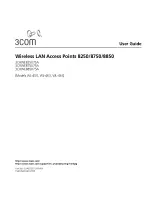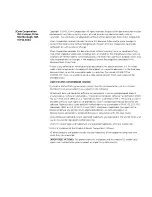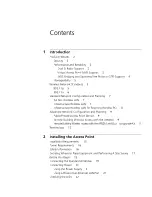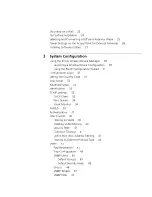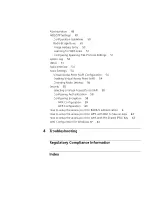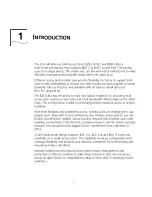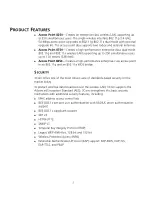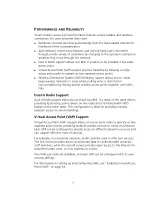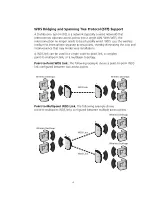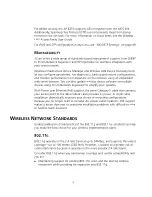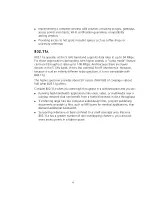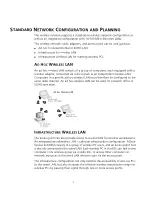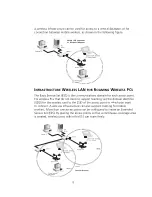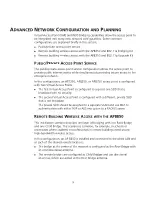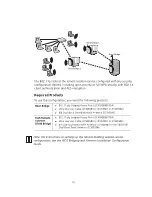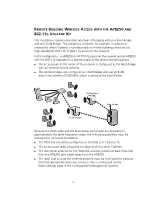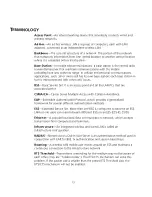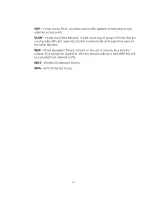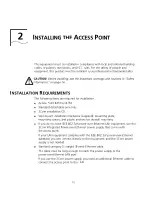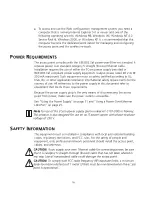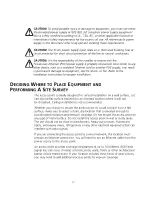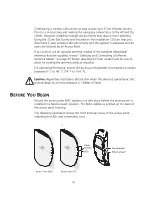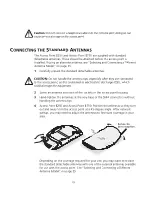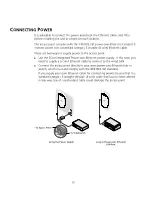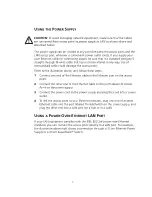
6
Implementing a complete wireless LAN solution, including bridges, gateways,
access points and clients; Wi-Fi certification guarantees compatibility
among vendors
Providing access to hot spots in public spaces such as coffee shops or
university cafeterias
802.11
A
802.11a operates at the 5 GHz band and supports data rates at up to 54 Mbps.
For those organizations demanding even higher speeds, a “turbo mode” feature
can boost throughput rates up to 108 Mbps. And because there are fewer
devices in the 5 GHz band, there’s less potential for RF interference. However,
because it is at an entirely different radio spectrum, it is not compatible with
802.11g.
The higher spectrum provides about 50 meters (164 feet) of coverage—about
half what 802.11g offers.
Consider 802.11a when you need high throughput in a confined space and you are:
Running high-bandwidth applications like voice, video, or multimedia over a
wireless network that can benefit from a fivefold increase in data throughput
Transferring large files like computer aided design files, preprint publishing
documents or graphics files, such as MRI scans for medical applications, that
demand additional bandwidth
Supporting a dense user base confined to a small coverage area. Because
802.11a has a greater number of non-overlapping channels, you can pack
more access points in a tighter space.

